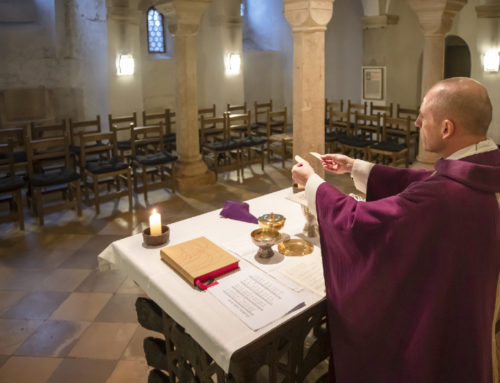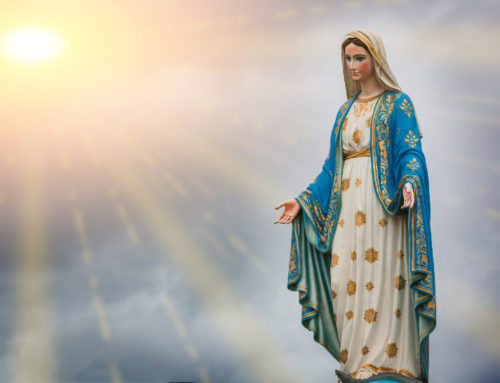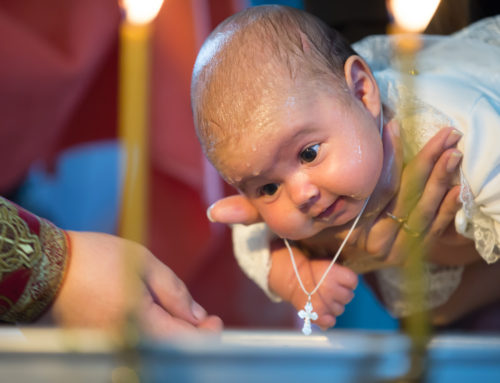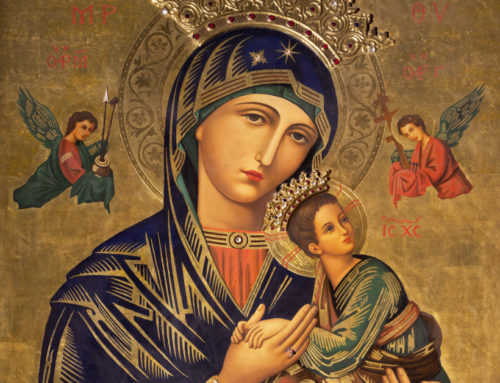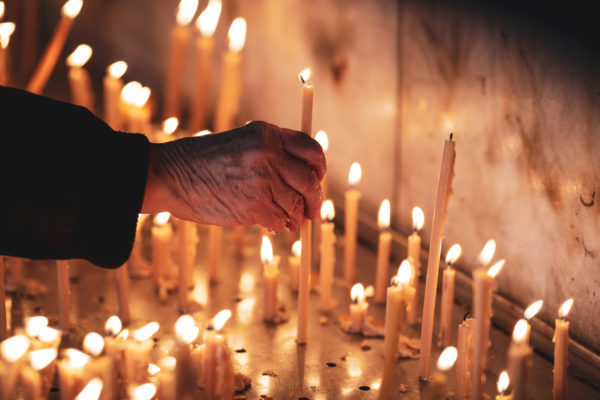
Details with the hands of an old woman lighting a candle inside a christian orthodox church in Romania.
What do you mean by “different church structures”?
Within the Eastern Catholic Churches the organization or “structure” of the church is quite variable. There are four types of church structures: patriarchal, major archepiscopal, metropolitan, and “other”. There are also churches that have no hierarchy.
A patriarchal church is one headed by a patriarch. This includes the Chaldean, Armenian, Coptic, Syrian, Maronite, and Melkite Churches, all of whom have a patriarch. Like the pope, the patriarchs have a group of advisors. For the pope this is the College of Cardinals, while, for the patriarchs, it is their synod of bishops. A patriarch is elected by his own church, and his election is not confirmed by the Pope. However, the man so elected must notify Rome of his election and is, in turn, recognized by Rome with the reception of the pallium, a wool “scarf” containing five crosses representing the wounds of Christ. Note that if no one is elected within fifteen days of the opening of the synod, the matter is to be referred to the pope.
Major archepiscopal churches are those headed by a major archbishop. This includes the Romanian, Ukrainian, Syro-Malabar, and Syro-Malankara Churches. In these churches the major archbishop functions much like a patriarch, but does not have that title. In precedence they rank after patriarchal churches, and a major archbishop ranks behind a patriarch. A major archbishop is elected by his church, and his election must be confirmed by the pope.
Metropolitan churches (technically, metropolitan sui iuris) are those churches that have bishops (called the “metropolitan bishop”) as their heads. This bishop is appointed by Rome, assisted by the council of hierarchs of that church, usually from a list of three candidates submitted by the synod of bishops. These churches are established, modified, suppressed, and have their territorial boundaries defined by the pope, who may delegate this to the Congregation for Oriental Churches. Metropolitan churches include the Ethiopian and American Ruthenian Churches.
Finally, there are other Eastern Churches that are simply called “churches sui iuris” and that have either no specific head or, in fact, have no heirarchy (that is, no bishops) at all. The first group includes the Bulgarian, Greek, Hungarian, Italo-Albanian (sometimes called “Italo-Greek”), and the Slovak Churches. Churches with no hierarchy include the Belarusian, Albanian, Georgian, and Russian Eastern Catholic Churches. These churches are all dependent upon Rome or, in practice, upon the local Latin Rite bishop.
Can a Roman Catholic (or Latin Catholic) go to Mass at any of these churches, and will it meet the Sunday obligation?
The simple answer is yes, they may go and, yes, it will satisfy the Sunday obligation. But the issue of obligation is an area in which East and West differ. For Eastern Catholics, the concept of an “obligation” to worship God does not exist any more than there is an obligation to breathe. If one does not breath or eat one dies – this is not an obligation but, rather, a requirement of living. It is in this fashion that Eastern Catholics address worshipping God.
In the Eastern approach to Liturgy we recognize that Christ is the celebrant of the Liturgy and that all of us – bishop, priest, deacon, or layperson – serve the liturgy. We serve because of our baptism, which joins us to the royal priesthood. The role of each may be different, but together we form a “chorus” to sing the praises of God. In fact, Eastern liturgies are all sung!
As we pointed out earlier, the term Mass is used only by the Latin Church and Syriac Churches. Generally, a better term that is used by all churches is Liturgy, although this encompasses more than just the Divine Liturgy, Quorbono, or Mass (for example, it includes the Liturgy of the Hours).
Excerpt from Faulk, Edward. 101 Questions and Answers on Eastern Catholic Churches. (Paulist Press: Mahwah, NJ) 2007.

